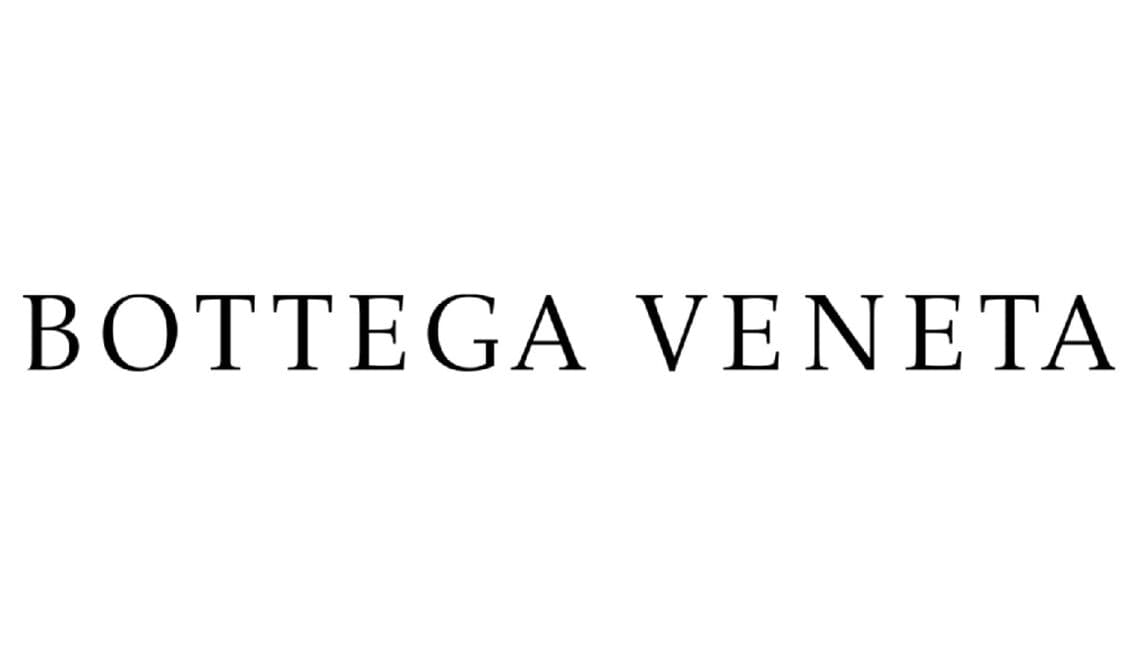
BOTTEGA VENETA
Bottega Veneta: the story of the brand of the iconic intertwined fabric
Bottega Veneta was founded in Vicenza in 1967 by Michele Taddei and Renzo Zengiaro. Towards the end of the seventies the two left the company and Laura, Michele’s ex-wife, remarried Vittorio Moltedo and became the owner.
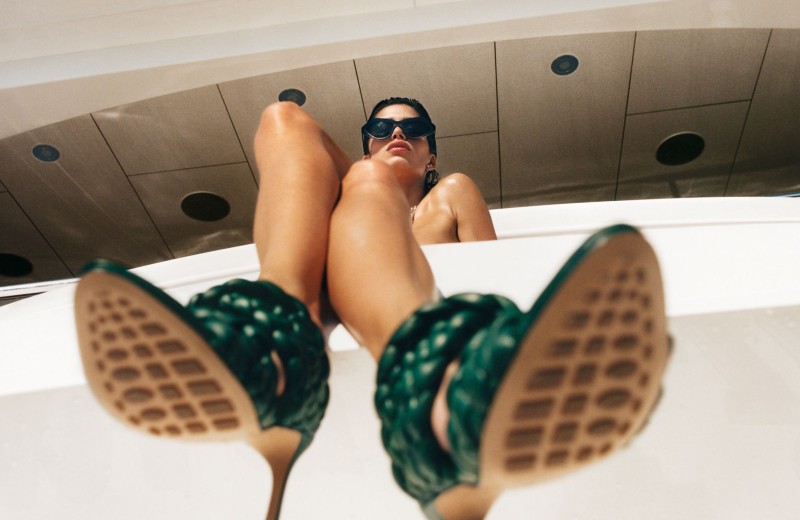
From the very beginning, it has stood out for the production of refined leather bags, made with great care and skill. The company’s Venetian artisans developed the distinctive intertwining technique, still considered the signature of the brand today. They created bags with a discreet, elegant, and minimal design without the addition of obvious details or large logos on display.
The international market soon showed appreciation for these products, considered synonymous with quality and elegance typical of made in Italy. As early as the seventies, with the primacy of the first Italian boutique to conquer Madison Avenue, Bottega Veneta landed overseas where it boasted a five-star clientele made up of women of the caliber of Jackie Onassis and Mary Tyler Moore. Even the eclectic Andy Warhol, a friend of Laura Moltedo, appreciated the design of the Maison’s bags, helping to spread the media echo.
A strong territorial expansion policy followed with the opening of many single-brand stores. Openings began in America and then in Paris, London, Rome, Milan, Venice, and Florence, as well as a strong presence on the Asian continent. In 1975 the company diversified its products by launching a line of shoes while 1998 was the year of the first ready-to-wear clothing collection presented at Milano Collezioni.
The new millennium
In 2001 the company was absorbed by the Gucci group which, a few months later, was incorporated by the French holding company PPR (now Kering). It was a period of change for the Maison in which the top management and the artistic direction were renewed. Tomas Maier, designer of German origins, trained at the Chambre Syndicale de la Haute Couture school in Paris. For nine years he worked as a designer for Hermès and he founded his homonymous label.
Maier implemented a series of measures with the aim of rejuvenating the brand image. Moreover, he wanted to reinforce the connotation of the products of the house with a discreet and minimal design characteristic of the original identity. The company’s businesses will be expanded by introducing new product categories such as high jewelry, a line of eyewear, home furnishings, and gift items. Bottega Veneta was transformed into a lifestyle brand aimed at conveying the sober and highly recognizable style of the house in multiple types of products.
In 2006, to consolidate and underline the commitment to the conservation of the Italian artisan tradition, Bottega Veneta together with the School of Art and Crafts of Vicenza launched the ambitious project of the foundation of the Scuola della Pelletteria (Leather School), an institute, directed by the artisans, created due to the need to pass on the mastery and creative technique to new generations.
Maier, together with the managing director Patrizio di Marco, also earned the credit for the economic growth of the company which, amid the international crisis, appeared in 2009 as the only brand of the Kering group to record a plus sign in the balance sheet.
The growth with Marco Bizzari
Today Bottega Veneta distributes its products in 32 countries, through a network of 130 directly controlled points of sale, 25 in franchising, and a presence in a careful selection of multi-brand stores. With a constantly growing business, the company employs 300 people. Moreover, it’s second only to Gucci among the brands with the best economic performance in the PPR Luxury Group division. In 2010 it closed the year with revenues of € 510 million. Since 2009 Marco Bizzarri, who took over from Patrizio di Marco, has held the role of president and CEO, making a great contribution to the business economy and strengthening its performance. Two years later, in 2011, the turnover reached 6.8 million euros, with a growth of 33.7% in one year. Profits rose to 2 million euros, with a growth of 57.1% compared to 2010.
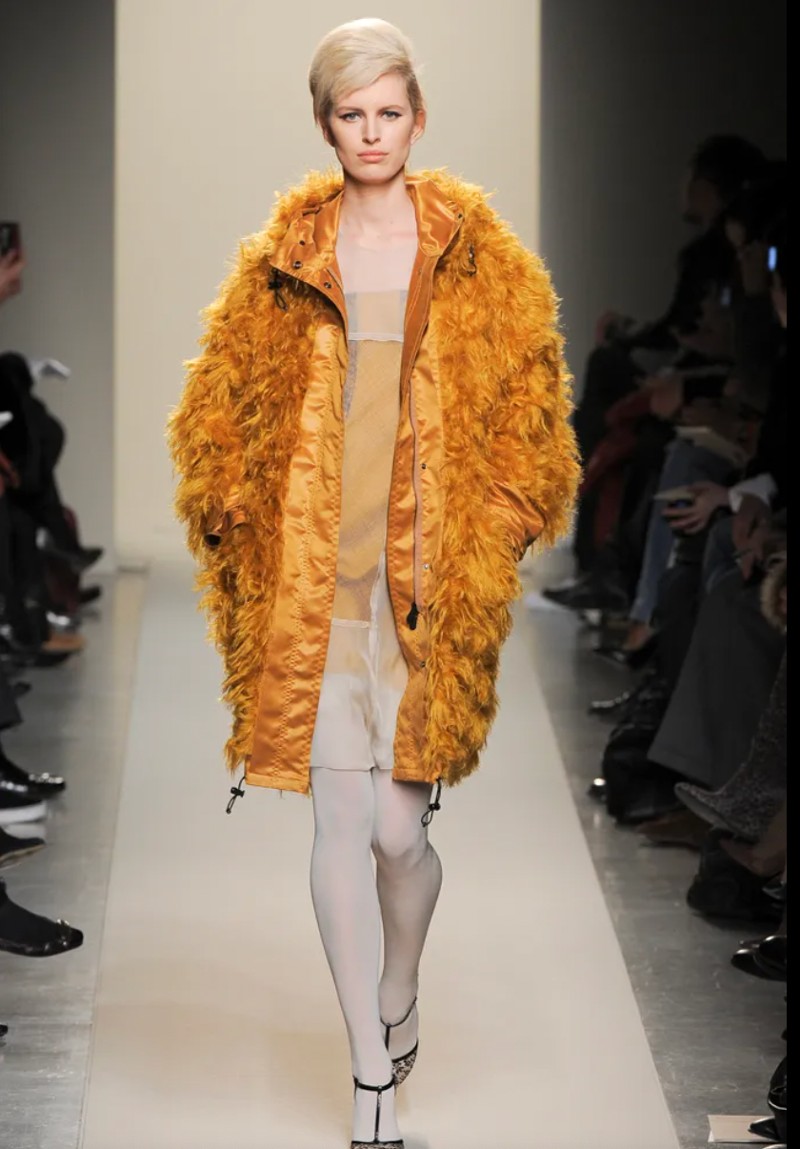
In 2011, the fashion house introduced its first perfume, called Bottega Veneta, for which Ines de la Fressange‘s daughter, Nine d’Urso, was chosen as the testimonial for the campaign. In 2013 the brand was officially listed for one billion euros. The following year, Bizzarri left his position to become the new CEO of Gucci. Carlo Alberto Beretta took his place until 2016 (followed by Claus Dietrich Lars and then Bartolomeo Rongone in 2019, who still holds the position today).
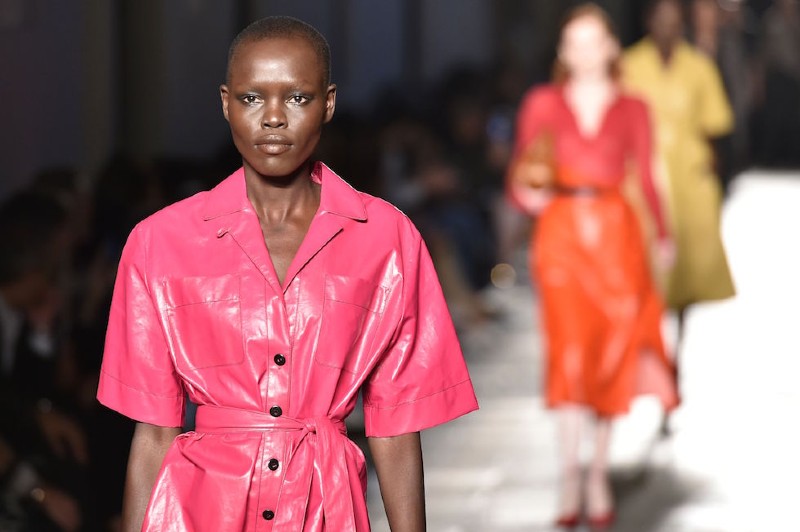
It was 2016 when the brand celebrated its fiftieth birthday and Maier’s fifteenth anniversary in the maison. For the occasion, a limited edition collection of handmade bags was launched, which represents the company’s legacy in a contemporary way. In 2018, after 17 years of collaboration, Tomas Maier left Bottega Veneta.
The rebirth of Bottega Veneta with Daniel Lee
In his place, the young British designer Daniel Lee was appointed the new creative director. The goal was to rejuvenate the brand of the Kering group, which had been experiencing a stalemate since 2015. Lee re-elaborated the codes of the brand’s DNA and from the past, a modern aesthetic was born made of oversized volumes, matelassé, and weaves. Thanks to Lee’s work, Bottega Veneta became one of the most sought-after brands of the moment. The Pouch is the bag everyone wants. Lee brought a breath of modernity without forgetting the craftsmanship and quality of the materials, essential characteristics of the brand’s heritage that Daniel successfully reinterpreted.
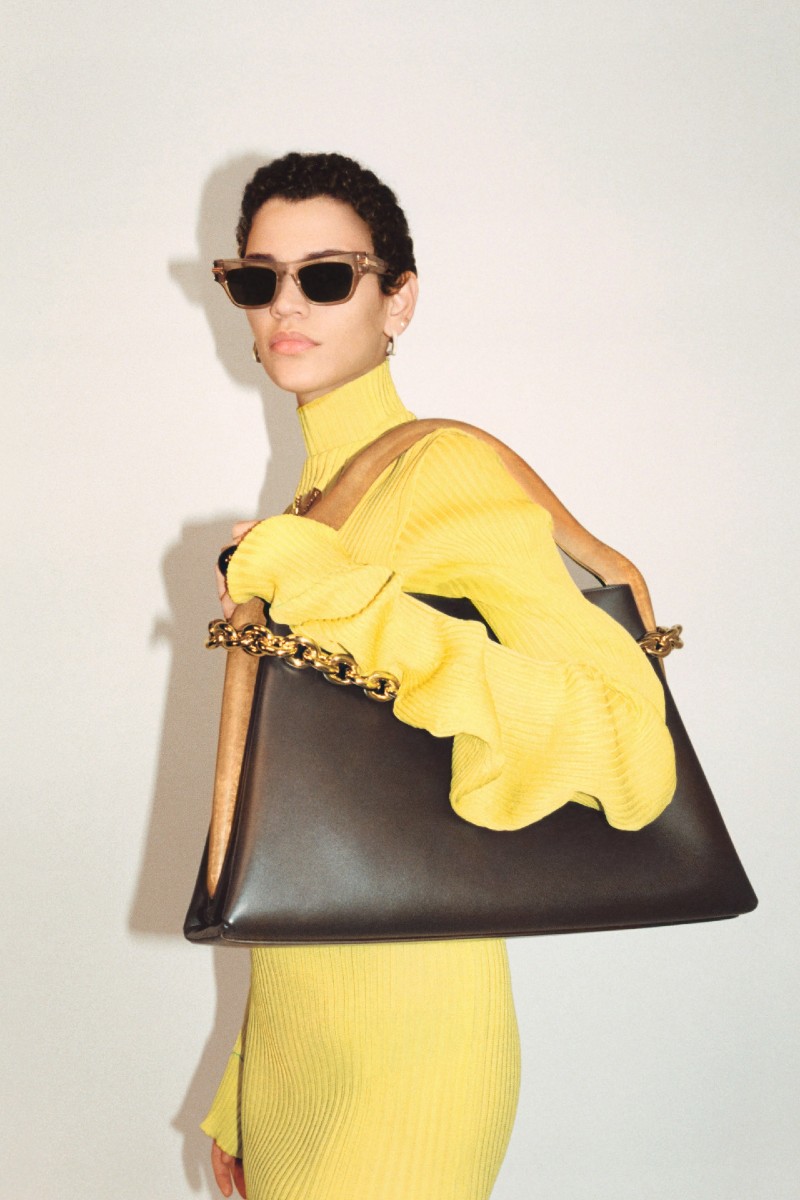
The brand situation is currently very strong. Bottega Veneta has 225 directly managed stores, thousands of multi-brand stores, and 1,173,000 euros in revenue, 40% of which comes from Asia Pacific. In 2020 Bottega Veneta went against the trend and scored a + 3.7% growth in turnover in the terrible year of the pandemic.
In November 2021 Daniel Lee left the creative direction of the brand.
In 2022, Bottega Veneta brought in €1.74 billion, up from €1.5 billion in 2021 and €1.21 billion in 2020.
READ ALSO:

LOUIS VUITTON (1854)

